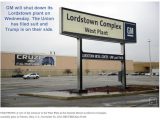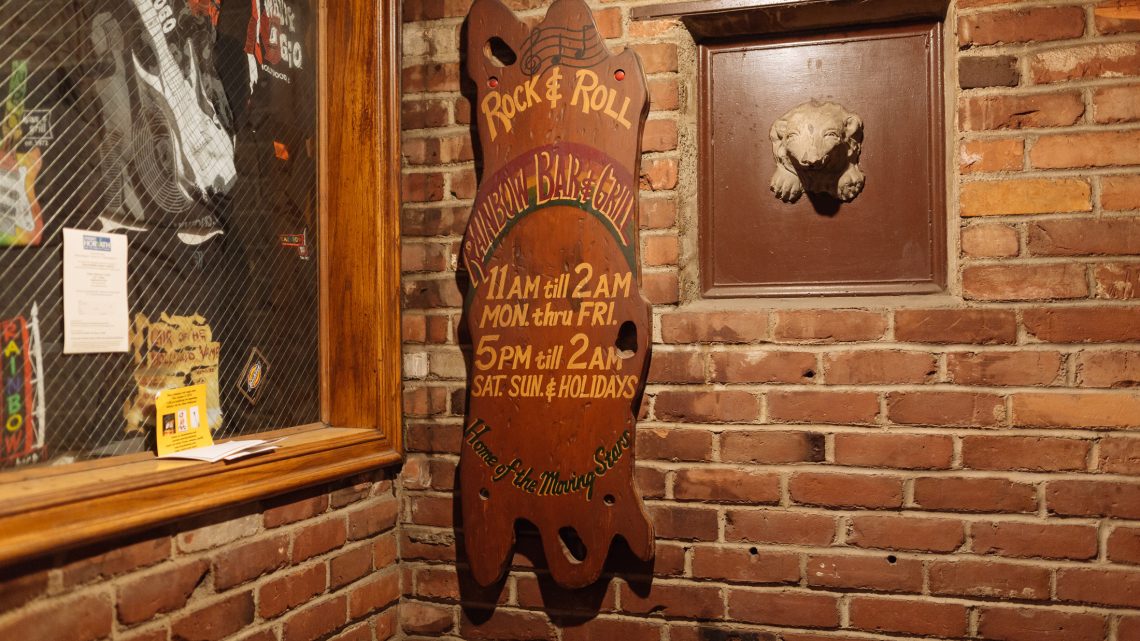
Inside the Bars That Made the Sunset Strip in 1980s LA Legendary
March 4, 2019This article is part of a special installment of Deep Dive created in partnership with Jameson Irish Whiskey, telling the stories of bars of yesterday that shaped the neighborhoods of today.
Picture a film or TV character listening to a song by Guns n’ Roses. What do they look like? What are they doing? Is it a character played by Danny McBride, washing a Camaro in the driveway? A cougar buying college boys a round of shots? Or a guitarist with a lighting bolt across his eye, stretched out on the floor during a seemingly never-ending riff?
Even decades after its fall from chart-topping prominence, glam metal—the eyeliner, the spandex, the sun-bleached, gravity-defying do’s that gave “hair metal” its thrust—has cornered such a specific subsection of our cultural imagination. We know it by its looks. We know it when we hear the almost-laughable electric guitar. We know it by the pop-heavy swagger, with its karaoke-ready lines about love and heartbreak that can somehow be memorized after just one listen.
And we know that there is just one place where glam metal bands were living the most decadent and dangerous lives of 1980s rock gods: the Sunset Strip in Los Angeles.
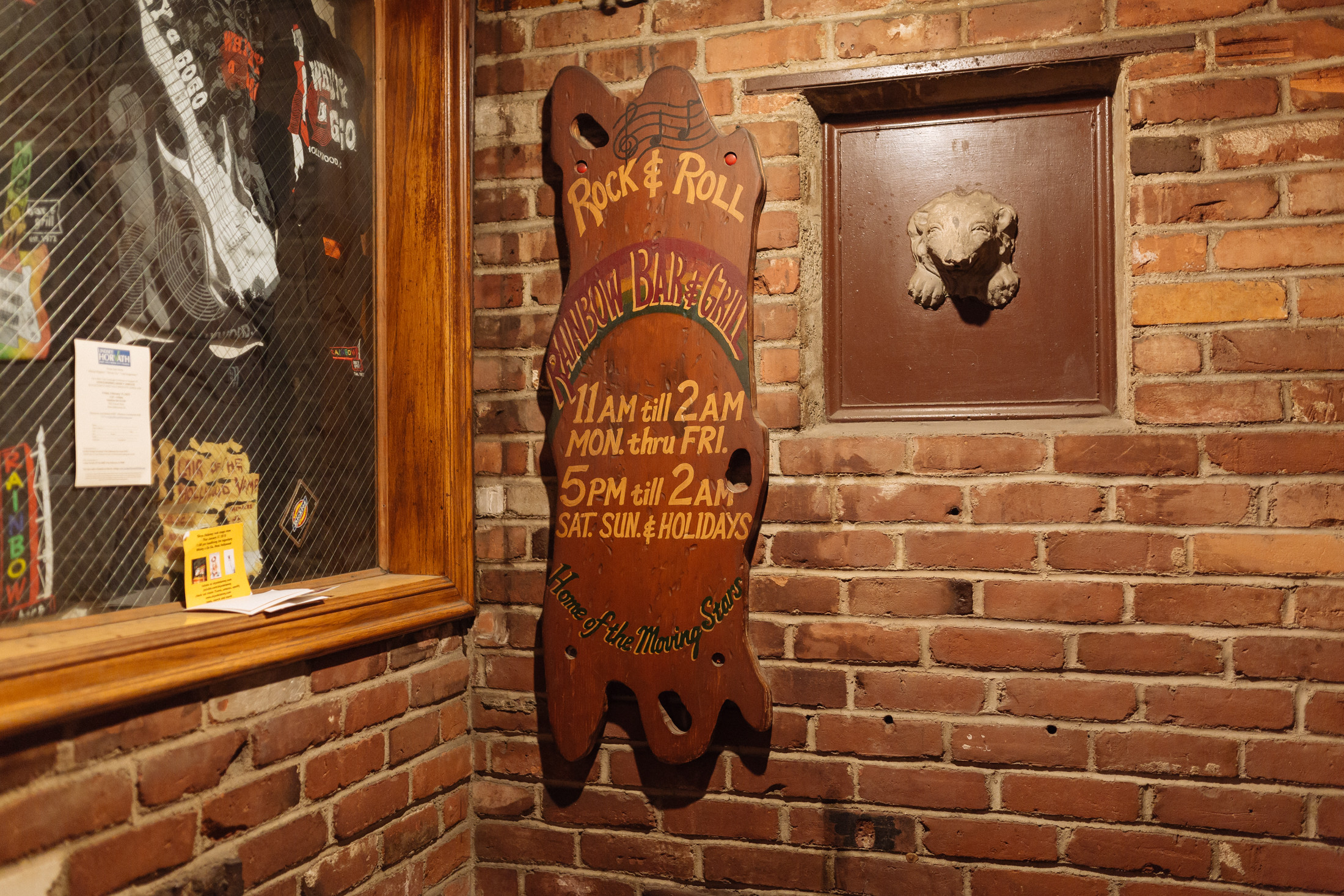
Though just a short mile and a half stretch of Sunset Boulevard—you can walk it in 30 minutes—the Strip was once teeming with the hottest nightclubs, bars, venues, and people LA had to offer. The hippest music in town has long since migrated east—to downtown warehouses, and Silver Lake venues—but many of the Strip’s major landmarks from the glam heyday are still standing, peppered amongst glitzy office buildings and luxury brand shops.
The neighborhood had already cemented its place in rock history by the time the headbangers took it over, but it was this era that left the most indelible mark on The Strip. Funnily enough, the whole shebang kicked off a few blocks south in a two-room club on Santa Monica Boulevard.
Originally a jazz nightclub built in ’61, co-founded by a guy named Elmer Valentine, The Starwood swapped ownership a few times and morphed into a spot for first-wave punk and metal over the decades. But on April 24, 1981, it hosted what may have been its most significant event: Mötley Crüe’s debut performance and the de facto birth of the glam metal genre.
“I remember walking down the stairs onto the stage and hardly knowing Tommy and Vince and Mick,” Crüe bassist and songwriter Nikki Sixx told LA Weekly in 2015, “but at the same time, feeling like I’d known them my whole life. Breaking into that first song, I remember just feeling at home.”
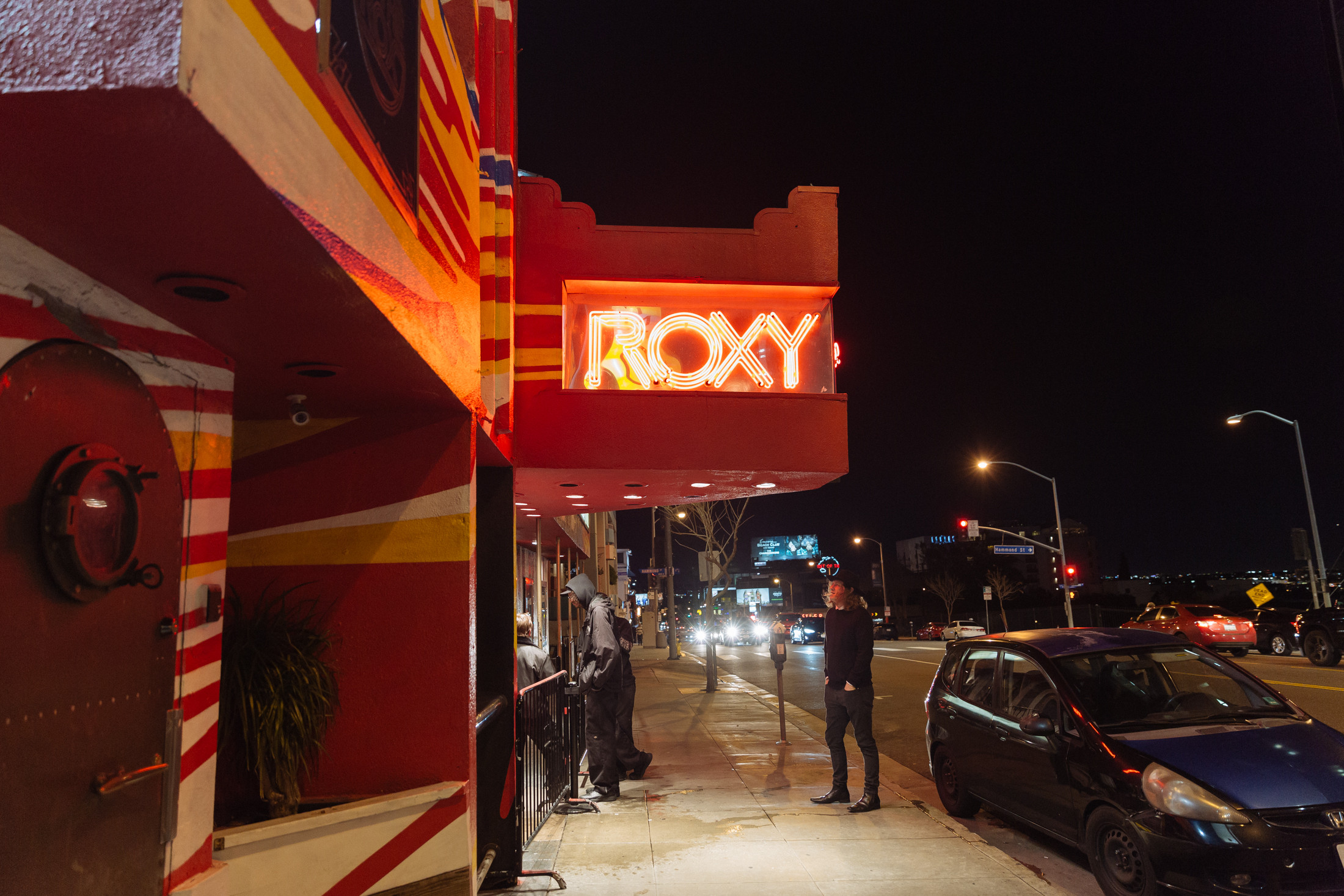
Sadly, The Starwood shuttered less than two months after that historic set, but by then, there were ample spots just due west on the Strip—many also founded by Valentine—ready
to take in this burgeoning scene of both men and women sporting
equally over-the-top makeup. The androgyny, sexuality, and audaciousness of these get-ups may be punchlines now, but in the context of the Reagan era, they were a rebellious counterpoint to stuffy, buttoned-up conservative types who had suddenly come out of the woodwork. Then, they were rebels.
At times, the boulevard sidewalks were packed with dolled up men and women bouncing between clubs, the air thick with the smell of Aqua-Net hairspray. Activity dipped when it rained, of course, as nobody wanted to mess up their hair. But if there was merely a wind in the air, rumor has it you’d see folks walking backwards to sacrifice the back of their teased-up coifs in order to save the bangs.
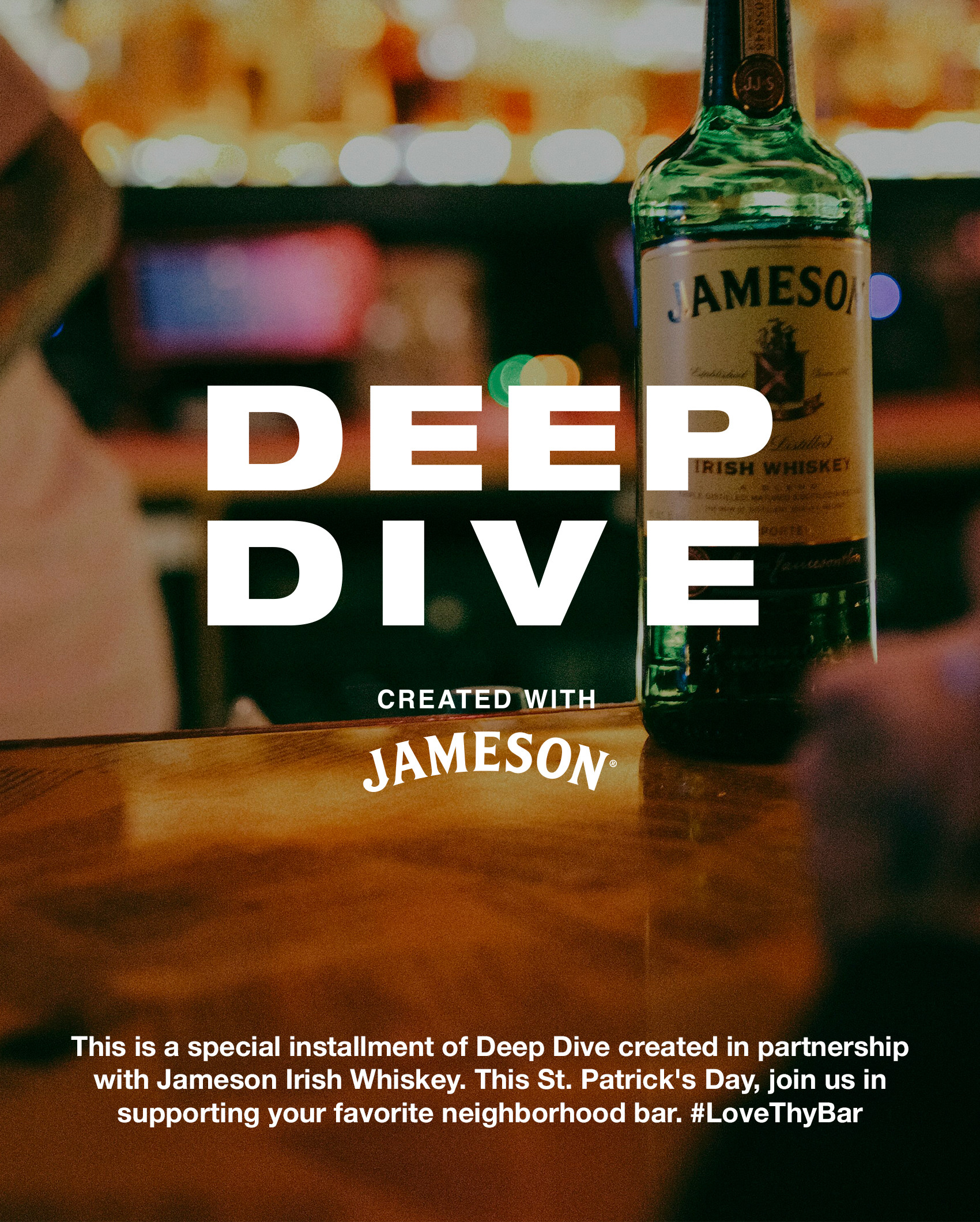
On the western end of the Strip, you had Gazzarri’s, a venue known for its wild behavior between sets. A hundred yards east, you got The Roxy Theater, a.k.a. “The Roxy.” Now a relatively wholesome venue owned by Coachella bookers Goldenvoice, The Roxy of the ‘80s was infamous for its upstairs bar, On The Rox, where madam to the stars Heidi Fleiss threw hedonistic private parties for rock stars. A short walk further east sits Whisky a Go Go, a former go-go club saved from an early grave by embracing the emerging punk scene of the late ‘70’s and bands like X, The Germs, and Runaways. Though briefly closed at the beginning of the decade, Whisky reopened in ’85 at glam metal’s peak, and welcomed its new headbanging crowd.
For all the development that has hit The Strip over the years, this nucleus of all the ‘80s bedlam remains relatively intact. Between Gazzarri’s and Whisky, and smack dab next to Roxy, sits the Rainbow Bar and Grill. Serving as both a pre and post-Roxy rally point and networking hub, Rainbow was packed with bands and fans alike most days of the week for much of the decade.
Kim Kirby started working at Rainbow in ’82, and still bartends a few nights a week to this day. She says that while it was normal to see Van Halen, David Lee Roth, and Judas Priest come through during the weekdays with Mötley Crüe, Cinderella, and Poison following up for the weekend, it was hard to get star struck.
She just considered herself a part of the crew.
“There weren’t any tourists then,” says Kirby. “We all ran around together. Hollywood was that tight back in those days. We all went to the same clubs and after-parties.”
Being a bit older than “the pretty boys” bands she befriends, Kirby says she didn’t exactly listen to the music itself—but had no problem joining and keeping up with their raucous partying. “On Monday nights was Club Scream. Tuesday was The Cathouse,” says Kirby, listing the non-stop party schedule. “Then on Wednesdays we all went to English Acid at another club. Then on Thursdays was Bordello, and on Sundays we went to Exposure 54.”
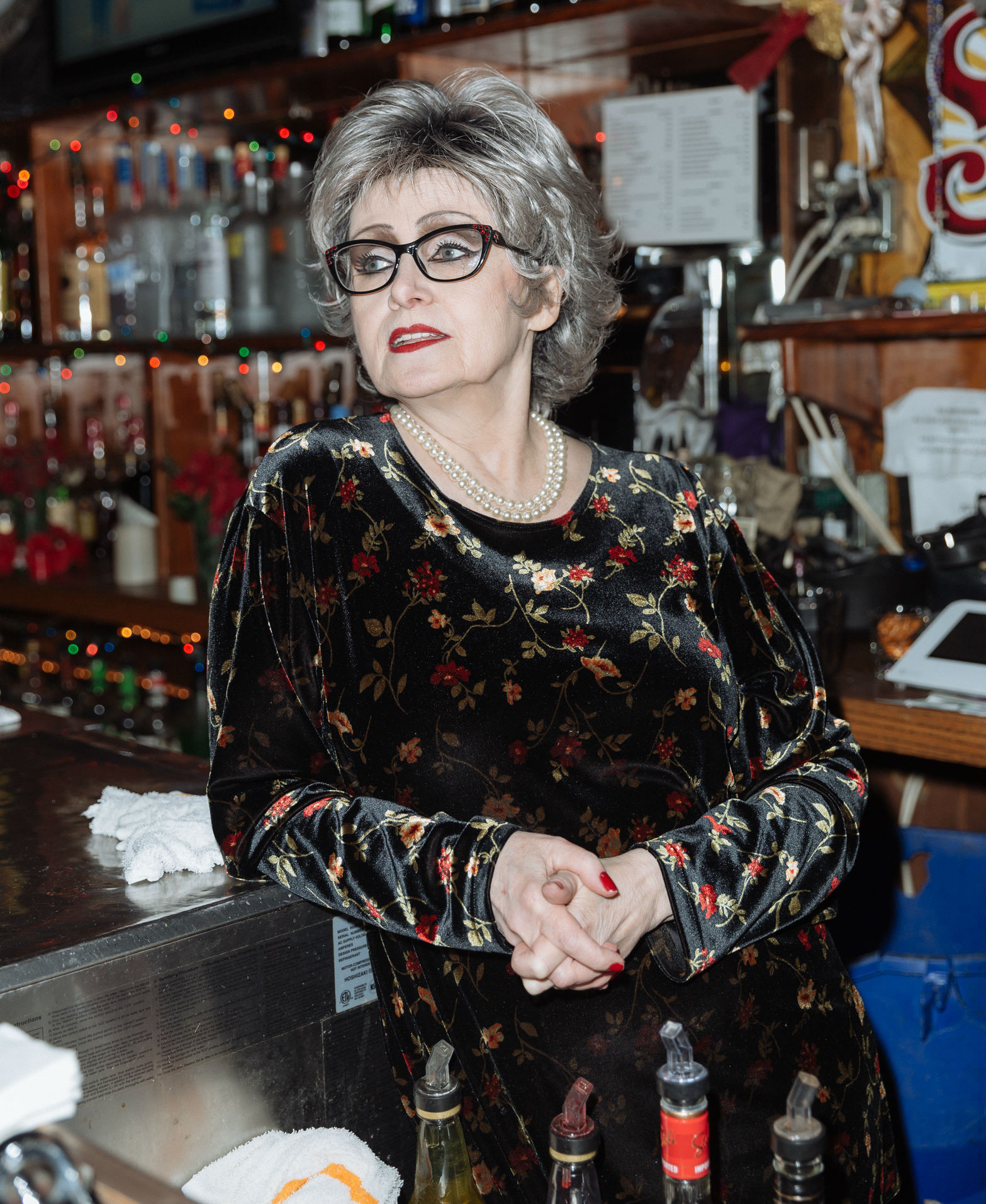
Founded by future Headbanger’s Ball host Riki Rachtman and Faster Pussycat frontman Taime Downe, The Cathouse was notorious for its decadent, exclusive parties, filled with gorgeous women where the buzziest bands went to party. Just a bit south of Sunset at the intersection of San Vicente and La Cienega, The Cathouse’s novel concept of having DJs spin rock records coupled with its rambunctious crowds quickly established it as the “it” spot after it opened in ‘86.
“It was the epicenter. Ask anyone in Guns n’ Roses and they’ll say the same,” says Rachtman, who has recently started a podcast where he shares scandalous Cathouse anecdotes in each episode. Like Kirby, Rachtman remembers the era wistfully.
“We’d go out every night, even with no plans,” he says. “There was Rock n’ Roll Denny’s on Sunset that we’d always go to. Two in the morning, there was a long wait to get a table there. You didn’t have to tell people ‘I’ll meet you here.’ You’d just go there and know that they’d be there.”
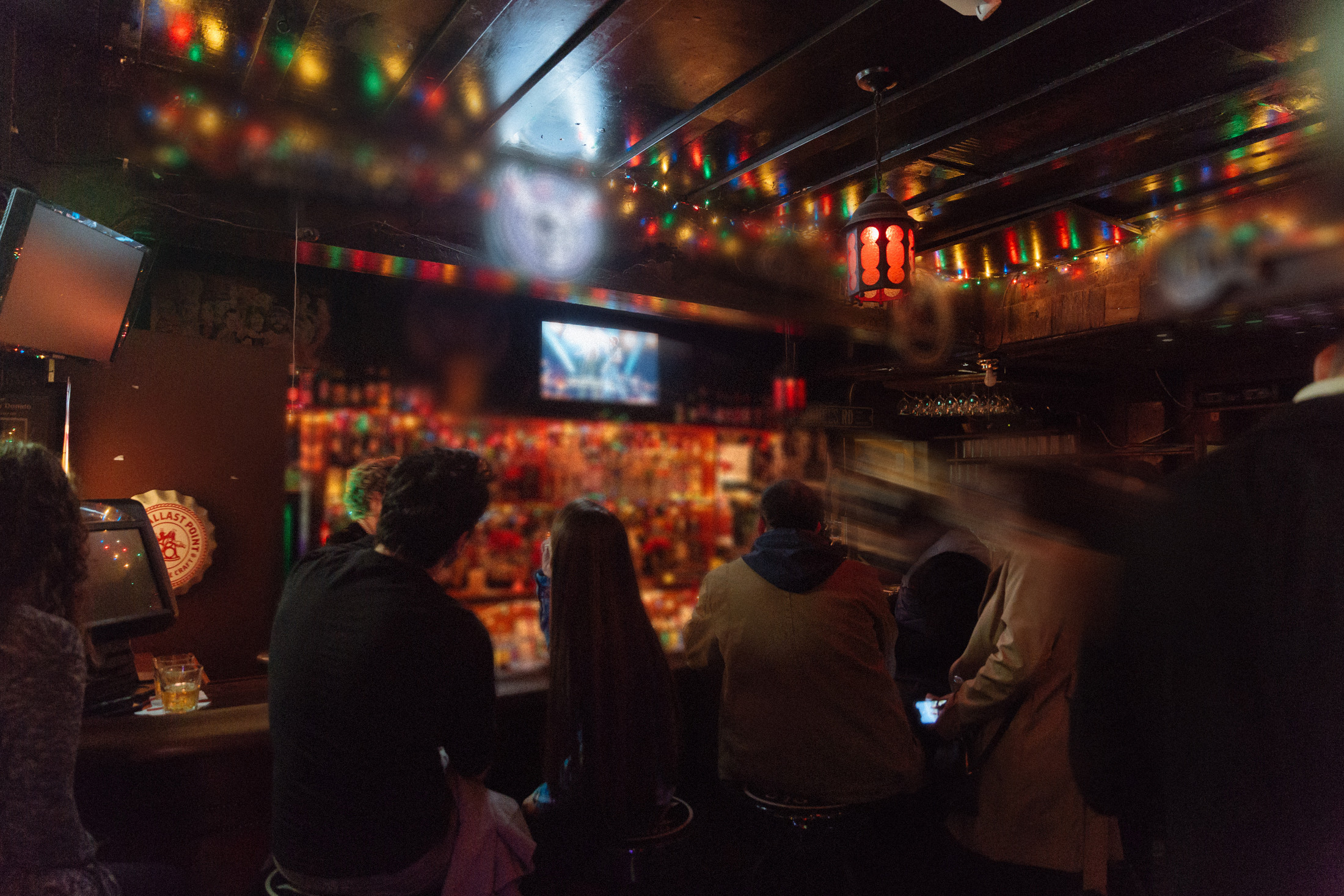
Two in the morning, there was a long wait to get a table there. You didn’t have to tell people ‘I’ll meet you here.’ You’d just go there and know that they’d be there.”
But all good things must eventually come to an end, and Rachtman says the tide turned for The Strip once fliers were made illegal. With so many venues roping bands into pay-to-play schemes, the streets were littered with people passing out show bills, and the actual bills themselves. “There were millions of people out on the strip hustling to promote their bands, and because that was going on, there were girls out there, and that would bring more guys out there,” recalls Rachtman. “The Strip was alive!”
These iconic buildings are comparative ghost towns these days—more tourist attractions for superfan pilgrims to glam rock Mecca or haunts for those locals who never retired from the life. The Millennials whizzing down The Strip on electric scooters will likely never know they’re following the same path where Nikki Sixx chased Lars Ulrich in ‘82. The shoppers getting trendy sparkling waters at the grocery store have no clue they’re calling for self-check-out assistance in what used to be known as “Rock n’ Roll Ralph’s.” And the selfie-takers do not realize they’re standing on sacred ground—where a handful of local dives created a scene that would be seared into America’s cultural memory forever.
But who cares if they do? For a decade, this stretch of Hollywood was nothin’ but a good time for a sprawling community, and those who survived it clearly couldn’t care less.
Sign up for our newsletter to get the best of VICE delivered to your inbox daily.
Follow Justin Caffier on Twitter.

